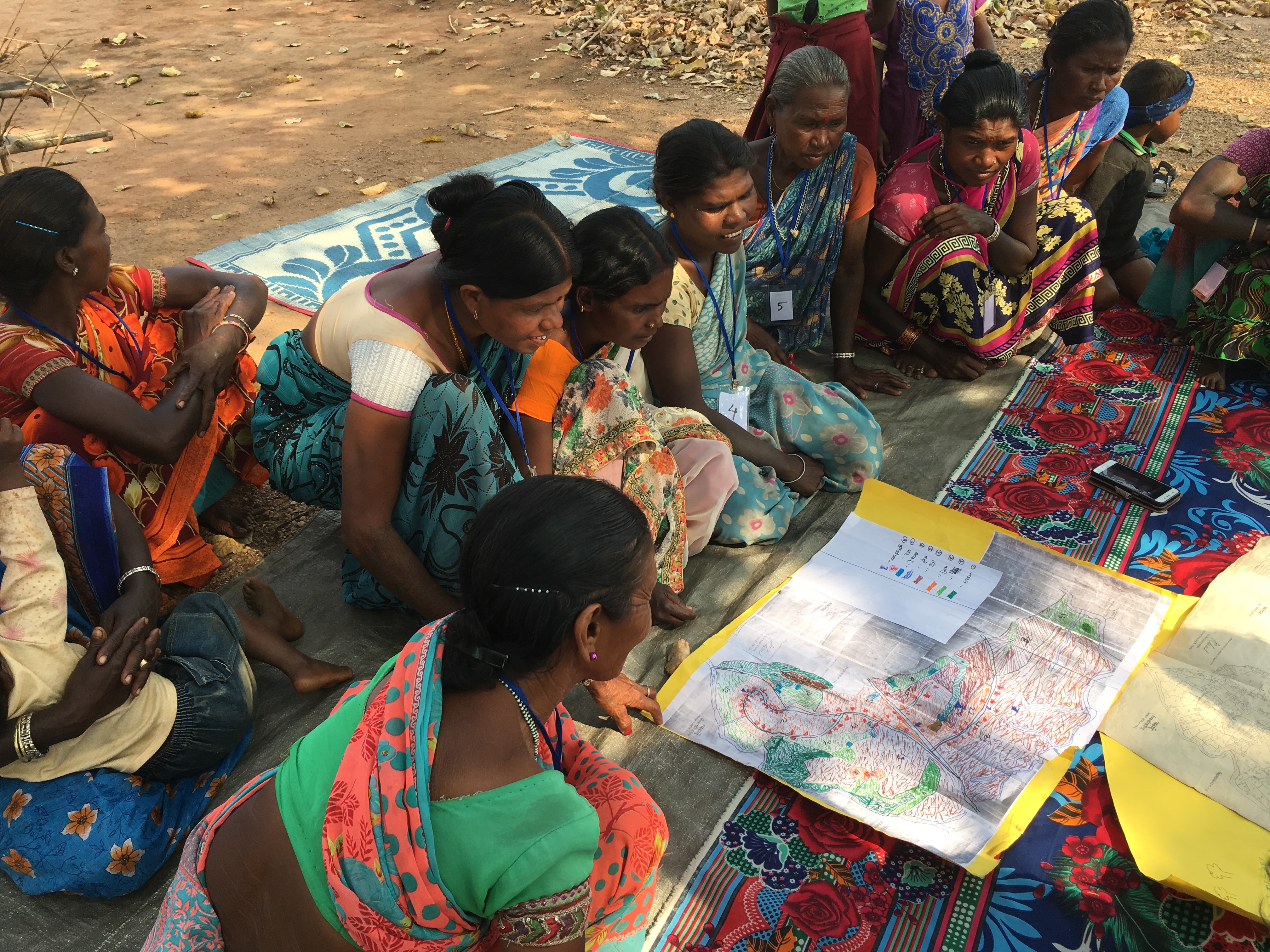Submitted by Sarah Bailey on Thu, 18/04/2019 - 14:00
Dr Shreya Sinha, a postdoctoral researcher working on TIGR2ESS Flagship Project 1 (FP1), recently took part in an exchange to India to visit several FP1 sites. Here, she describes the valuable insights gained from her time in the field.
One of the most exciting things about being part of TIGR2ESS is being able to study the diversity of rural lives and livelihoods across India. On Flagship Project 1 (FP1) titled ‘Sustainable and Transformative Agrarian and Rural Trajectories’, we aim to understand the challenges of moving towards economically, socially and ecologically sustainable agriculture across different agro-ecological areas. We seek to do this by undertaking research on questions of production, marketing, aspirations and policies with an eye towards the differences in gender, class, caste, ethnicity and age. Most importantly, we aim to put the perspectives and voices of the communities that we are studying at the centre of our research.
Recently, as part of kick-starting the process of fieldwork and supported by our research partners (ICRISAT, MSSRF, PRADAN), I had the privilege of visiting several different FP1 sites. While all the sites are characterised by rain-fed agriculture, there are some significant differences between them.
First stop was MSSRF’s study site at Sirkazhi block, Nagapattinam district in the southern-most state of Tamil Nadu. The coastal block, also famous for the ancient Hindu temples that stud its terrain, displayed signs of a recent harvest of paddy. In the study villages, we undertook participatory resource mapping and focus group discussions with groups of men, women and male youth on the significance of agriculture in their lives and the environmental conditions associated with it.
Our discussions at Sirkazhi allowed us a glimpse into the life of people through their lens, highlighting key issues such as the impact of extreme soil salinity on crop productivity, low returns to paddy production and the lack of adequate non-farm employment. A participatory transect walk across the village with a farmer revealed even more complex layers, most significantly the emergence of capital-intensive prawn farming due to soil salinity.
From Sirkazhi I headed to ICRISAT’s field site in Atmakur block, Warangal district in Telangana, another southern Indian state. The area consists of villages alongside an ancient tank site. Inhabited by a diverse population, the farmlands in the villages are rain-fed and largely cropped only during one season. Here we undertook focus groups addressing agricultural marketing and the role of women in agriculture. Our discussions revealed the differential access to markets for different kinds of farmers, as well as irrigation woes and the extremely gendered burden of work for women. Here too, in-depth discussions revealed stone-cutting to be a major, albeit dangerous and low-paid, rural non-farm occupation for the Muslim inhabitants of the village.
The final stop was Chakai block, Jamui district in the eastern state of Bihar. While PRADAN’s study villages in this region are also rain-fed, they include forest area as well. Moreover, the villages are inhabited by Scheduled Tribes, who are among the most marginalised social groups in India and experience Left-wing extremist presence, adding further complexities to their livelihoods.
Our focus groups in Chakai revealed an intricate web of land-labour relations waiting to be unpacked so that we can fully understand the predicament of the people. We also undertook participatory seasonal mapping of production, consumption, labour and illness with a group of women. This work underlined the importance of linking social, economic, environmental and political factors to ensure the well-being of rural communities.
As we progress further in our research, I look forward to uncovering new challenges, voices and possible solutions that might nudge us along the path towards sustainable agrarian and food systems in India.

